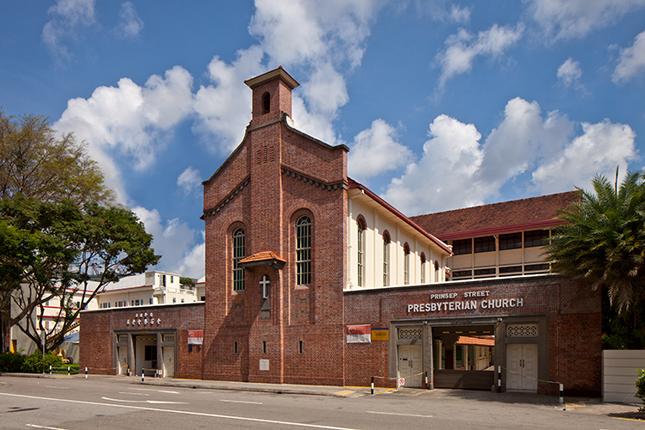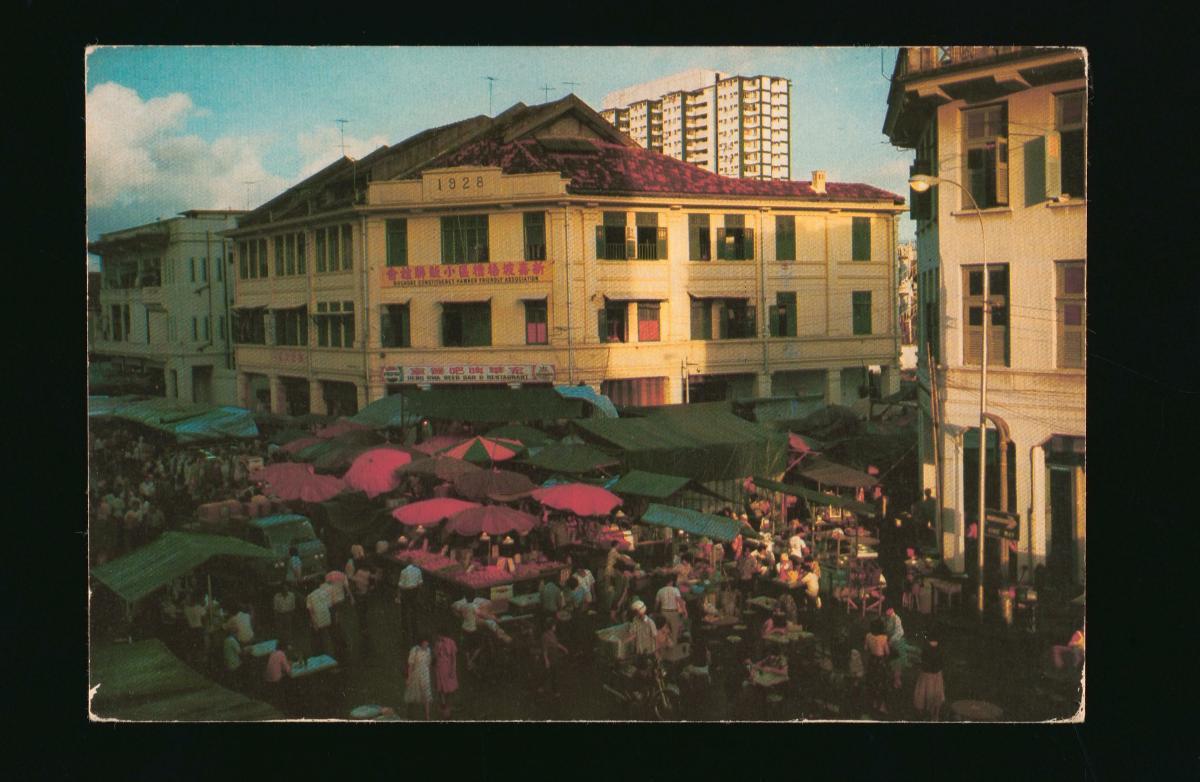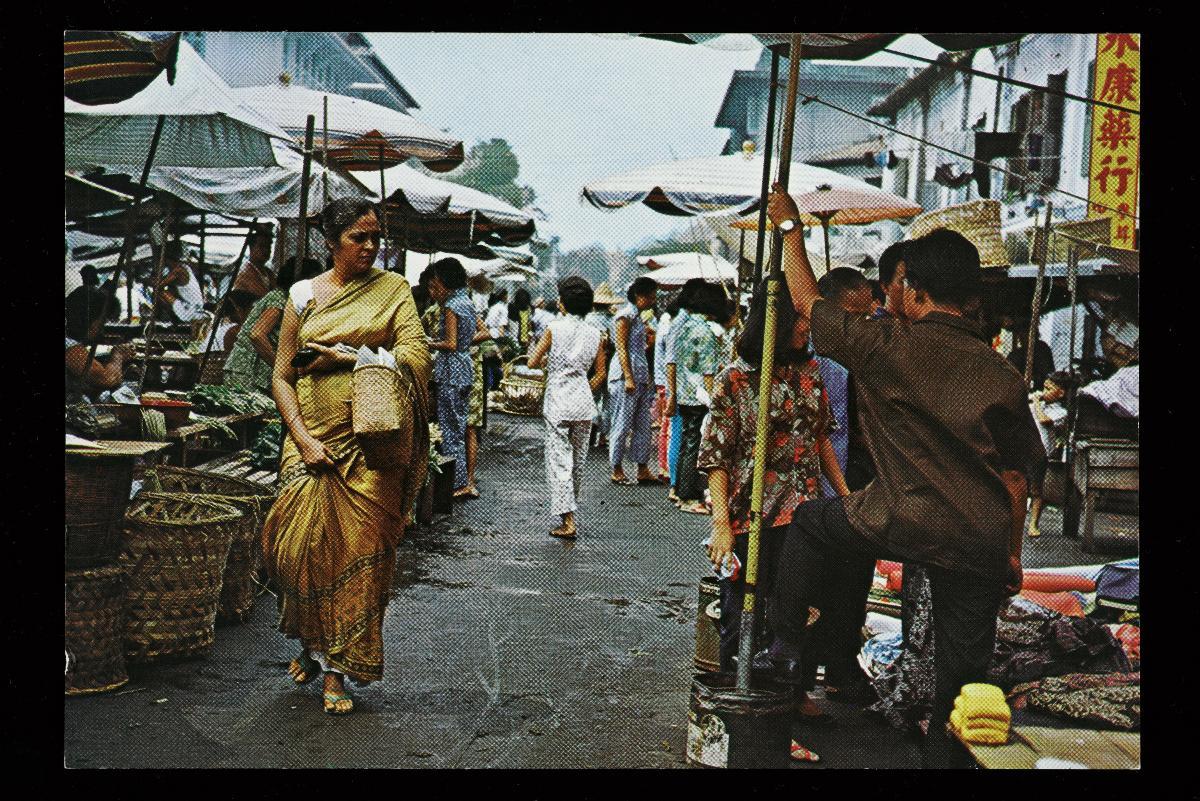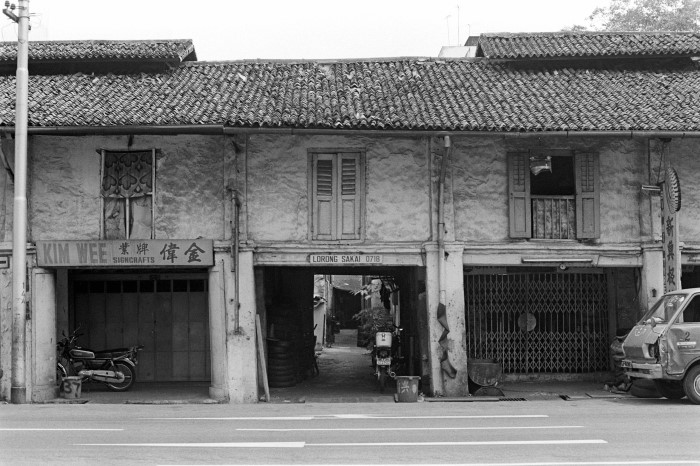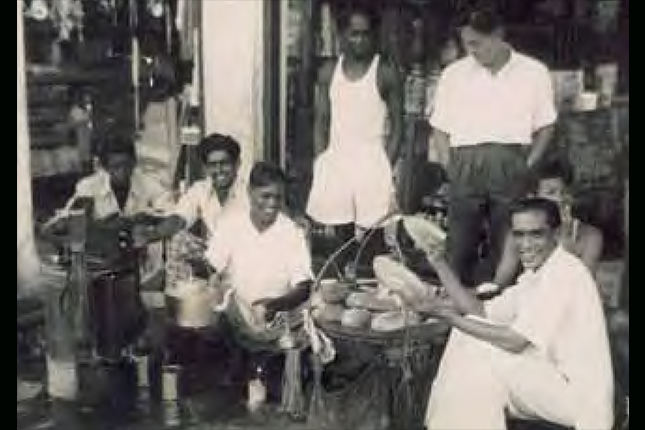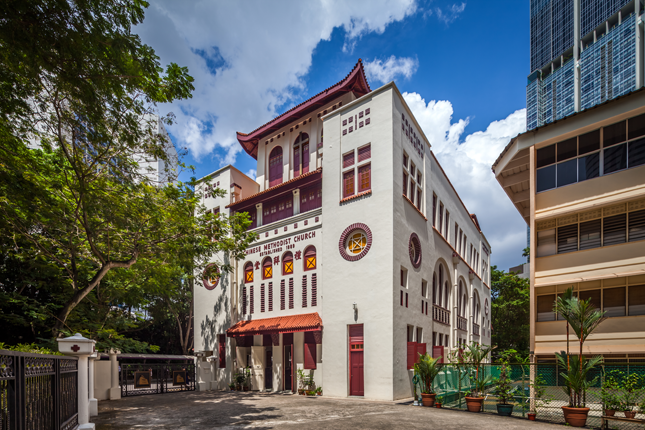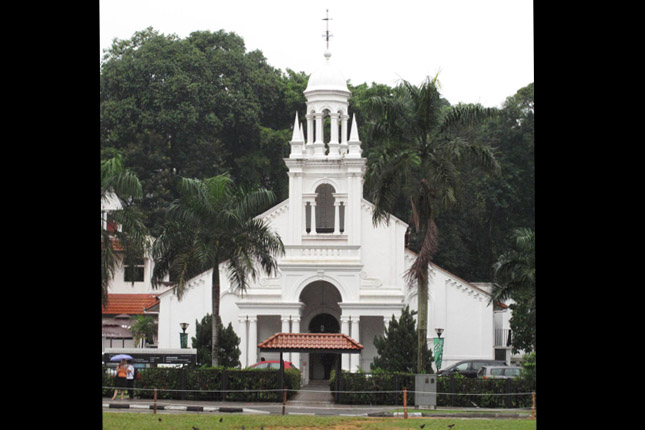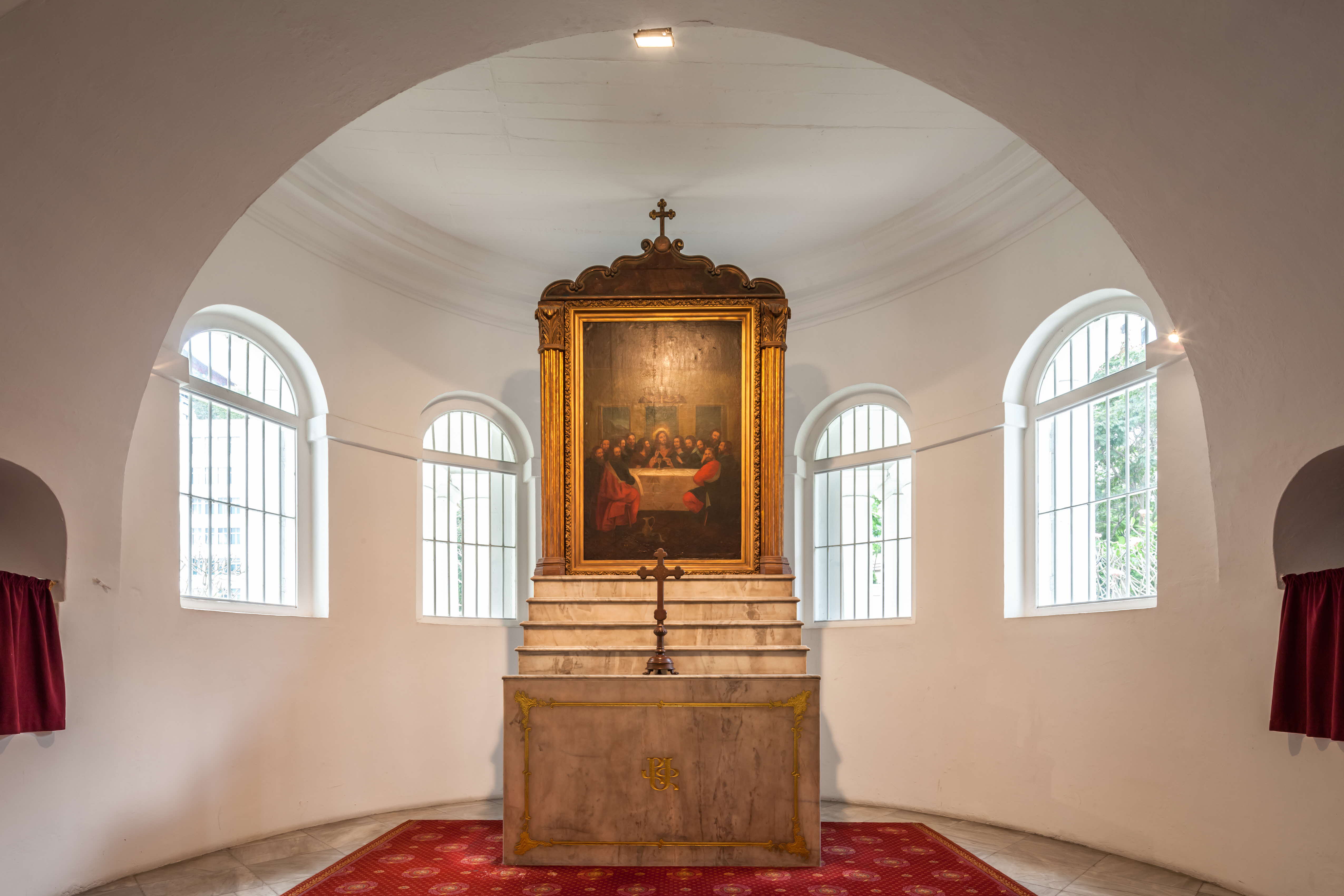Prinsep Street Presbyterian Church is one of Singapore’s oldest Presbyterian churches. Its unique façade stands out from the modern buildings surrounding it, serving as a reminder of the contributions of early Protestant missionaries in colonial Singapore, as well as the spread of Protestantism in the region. The church is also the birthplace of The Boys’ Brigade Movement in Singapore.
Greja Keasberry
The history of the church can be traced to the arrival of Reverend Benjamin P. Keasberry, a Protestant missionary of London Missionary Society (LMS), to Singapore in 1837. While many missionaries left Singapore for China in the 1830s and 1840s, Keasberry chose to remain in Singapore to minister to the Malay community. He preached in Malay at the Mission Chapel of LMS and founded a school for Malay boys in the Rochor area.
In 1843, Keasberry erected a little chapel in Kampong Bencoolen (Prinsep Street today) with donations from residents in Singapore. For many years, the little Malay Mission Chapel was popularly called Greja Keasberry (‘Keasberry Church’ in Malay) in honour of its founder. The Malay services attracted not only Malays, but also Peranakans (Straits Chinese) and girls from the nearby Chinese Girls’ School.
Straits Chinese Church
When Keasberry passed away in 1875, Reverend William Young, an elderly LMS missionary, continued his work and took over the ministry at the Malay Chapel until he left for England owing to ill health about a decade later. The English Presbyterian Mission acquired the Malay Chapel from LMS in 1886. By then, most of the Malays had stopped attending services there, and the majority of the congregation was Peranakan. Shortly before the turn of the twentieth century, the chapel was renamed the Straits Chinese Church, and locals were appointed to lead the congregation.
One of the earliest converts who assumed leadership in the church was Song Hoot Kiam (宋佛俭), a Straits Chinese who hailed from Malacca. He was a regular preacher and led singing during services. His son, Sir Song Ong Siang (宋旺相), who later became the first Chinese in Singapore and Malaya to be knighted by the British crown in 1936, was also a preacher and chorister. An avid supporter of education for girls, Sir Song Ong Siang founded Singapore Chinese Girls’ School with Dr Lim Boon Keng (林文庆) in 1899. Song Hoot Kiam’s sons-in-law, Tan Kong Wee (陈光为) and Tan Boon Chin (陈文进), were also active members of the church. In 1904, the Peranakan community built a Widows’ and Orphans’ Home to house families who had lost the men to various diseases.
New Sanctuary
The old church building was demolished in 1930 to make way for the current sanctuary. Sir Song Ong Siang laid the foundation stone on 5 March 1930 and also donated proceeds from the sale of his book, One Hundred Years’ History of the Chinese in Singapore, to the church building fund. In 1931, the new sanctuary was completed at a cost of 55,000 Straits dollars. The Straits Chinese Church joined the Synod of the English Presbytery in November that same year and became officially known as the Straits Chinese Presbyterian Church.
By the 1950s, the number of Peranakans in the congregation had dwindled, and church services were no longer conducted in Malay. The leaders opined that the name of the church, Straits Chinese Presbyterian Church, had become an anachronism. A referendum in 1956 decided that the church would be renamed Prinsep Street Presbyterian Church. Its new Chinese name, Panshi Tang (磐石堂, ‘Church of the Rock’), was given by Dr Jou Bienming (周辨明), a retired professor from Amoy University in China. In 1996, Prinsep Street Presbyterian Church was expanded to cater to the growing congregation, and air-conditioning was installed.
The Boys’ Brigade
Besides ministering to its congregation, the church also witnessed the founding of The Boys’ Brigade in Singapore in 1930 by Scottish architect James M. Fraser. The uniformed group aims to promote and cultivate Christian values such as obedience, reverence, and discipline, among boys and young men. Fraser decided to start the First Singapore Company at the then Straits Chinese Church instead of Orchard Road Presbyterian Church where he worshipped, because many of the Scottish boys in his church between ages 12 and 18 would return to Europe for their studies. The Straits Chinese Church, however, was situated in a densely populated area and was not short of neighbourhood boys. The Boys’ Brigade Movement flourished and eventually took root in many local churches and schools.
Architecture and Furnishings
Designed by C. J. Stephens from the renowned local architectural firm Swan & Maclaren, Prinsep Street Presbyterian Church is easily recognisable by its characteristic red-brick façade. It bears semblance to the great Romanesque churches of Europe, having strong walls which enable the church to enjoy high ceilings. A prominent tower and belfry rises above the gable wall on the front façade, where a small tiled canopy shelters a plain white cross.
Inside the church, the brick-faced arch draws attention to the altar area, which is marked by a large wooden cross. Decorative brickwork frames the doors and circular windows line the sanctuary’s walls. Arched clerestory windows let in natural light to illuminate the interior and also facilitate air ventilation prior to the advent of air-conditioning.
Prinsep Street Presbyterian Church Today
Prinsep Street Presbyterian Church remains the spiritual sanctuary of an active Presbyterian congregation today. It was declared a National Monument on the 70th anniversary of the founding of The Boys’ Brigade Movement in Singapore.
Our National Monuments
Our National Monuments are an integral part of Singapore’s built heritage, which the National Heritage Board (NHB) preserves and promotes for posterity. They are monuments and sites that are accorded the highest level of protection in Singapore.




